Shudder always brings the goods, but they’ve outdone themselves with a seven-film collection of Italian horror maestro Mario Bava’s greatest hits.
This Mario Bava Collection spans nearly two decades of Bava’s career, highlighting some of his most iconic work from 1960’s Black Sunday, his first foray into Gothic horror, to his final horror film, 1977’s Shock. Some of these titles aren’t widely available across other streaming platforms. So, if for any reason you’re putting off catching these gems while Shudder has graciously put them all in one place, allow me to entice you to drop what you’re doing and get on that.
If you’re new to Bava, this collection is the perfect opportunity to dig deep into his wild, wonderful world that inspired many of our modern favorites.
If you’re unsure where to start, I’ve got you covered with a quick primer on the films in this collection: what each film is about and what makes them so damn good. Trust me when I say there’s something here for every horror fan.
Black Sunday (1960)
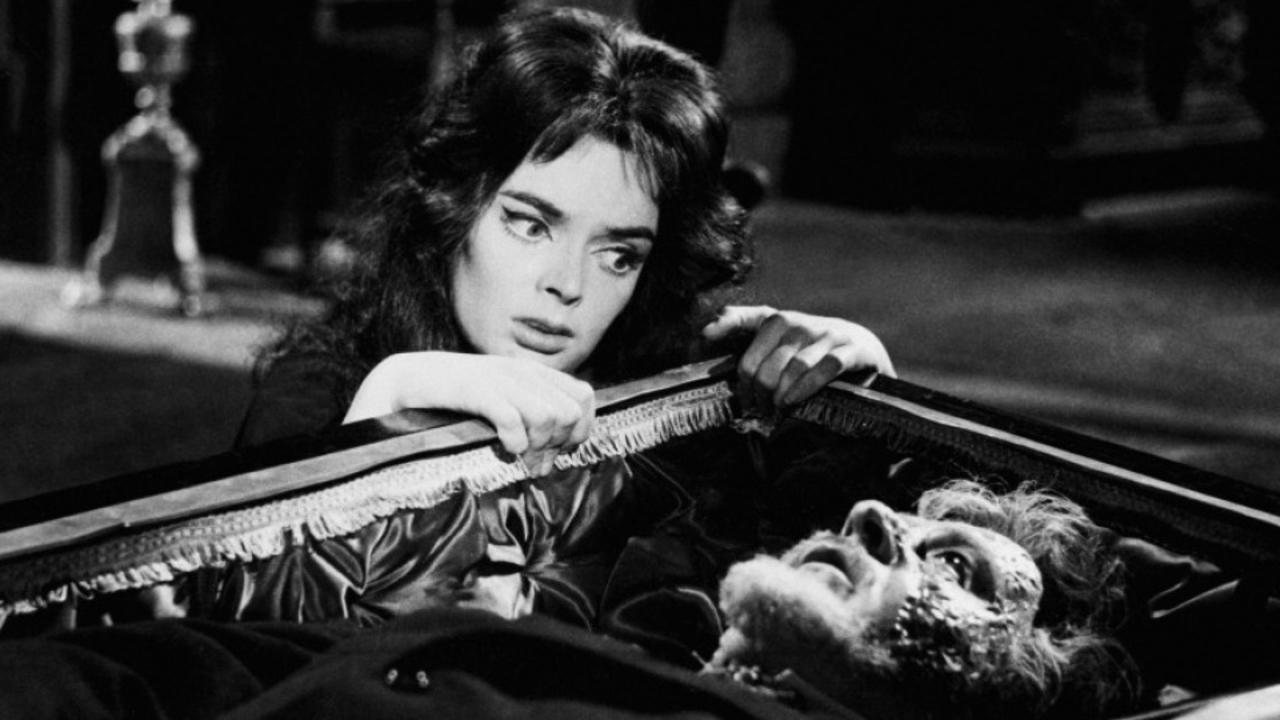
The Story: In 1630, Asa Vajda (Barbara Steele) and her boyfriend are executed for witchcraft, with Asa’s brother passing their sentence. As one might expect, Asa puts a curse on him and his descendants. Two centuries later, a couple of clumsy doctors happen upon Asa’s resting place and wake her up. She calls up her old flame to wreak some havoc on the present Vajda clan, including the sweet but troubled Katia (also Steele), who bears a striking resemblance to Asa. A struggle for Katia’s soul ensues, as Asa attempts to drain her innocent doppelgänger’s life force to restore herself to full power.
The Goods: Black Sunday is the pièce de résistance of Italian Gothic horror. It drips with atmosphere, from ruined castles to foggy bogs to underground crypts. To colorize this film would be blasphemous; the stunning black and white cinematography is an essential part of its being. The centerpiece that holds everything together is Barbara Steele, who is dazzling in her dual roles as Asa and Katia. The camera is in love with her, and you will be too. This film launched her career as Italy’s horror queen — a role she would soon tire of, but one that gave us such fantastic films as Nightmare Castle and The Long Hair of Death.
Black Sabbath (1963)
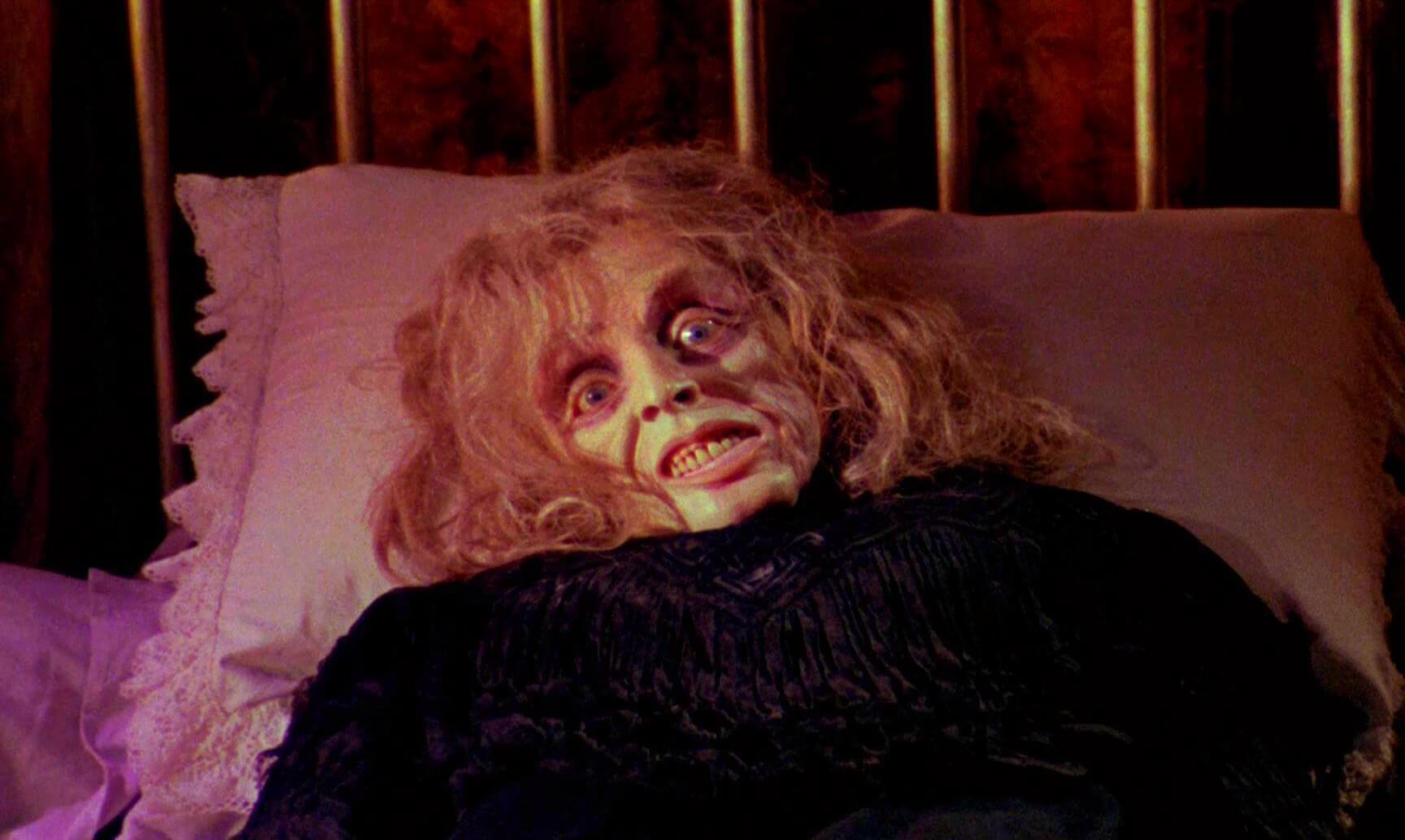
The Story: Bava’s sole venture into anthology horror, Black Sabbath features three separate tales, with an introduction by Boris Karloff. In “The Telephone,” a woman receives threatening phone calls from a man who seems to know her every movie. In “The Wurdulak,” a father (Karloff) returns home after slaying the titular Wurdulak (the vampire in Slavic folklore), but his family fears that he may have become the monster he set out to destroy. In “The Drop of Water,” a nurse steals a ring from the barely cold hand of a dead woman, who then shows up to get it back.
The Goods: First of all: yes, this is where Ozzy’s band got its name. Now that that’s out of the way, let’s talk about how genuinely unsettling each tale in this anthology is. “The Telephone” has some nice lesbian subtext and feels like the spiritual ancestor to later films that deal with telephone horror, like Black Christmas and When a Stranger Calls. “The Wurdulak” is the best and creepiest of the three segments. Boris Karloff brought his A game to both his role as a menacing family patriarch and the tongue-in-cheek framing sequences. He enjoyed working with Bava so much that he bragged about him to his buddies Christopher Lee and Vincent Price, both of whom would later work with the director.
The Whip and the Body (1963)
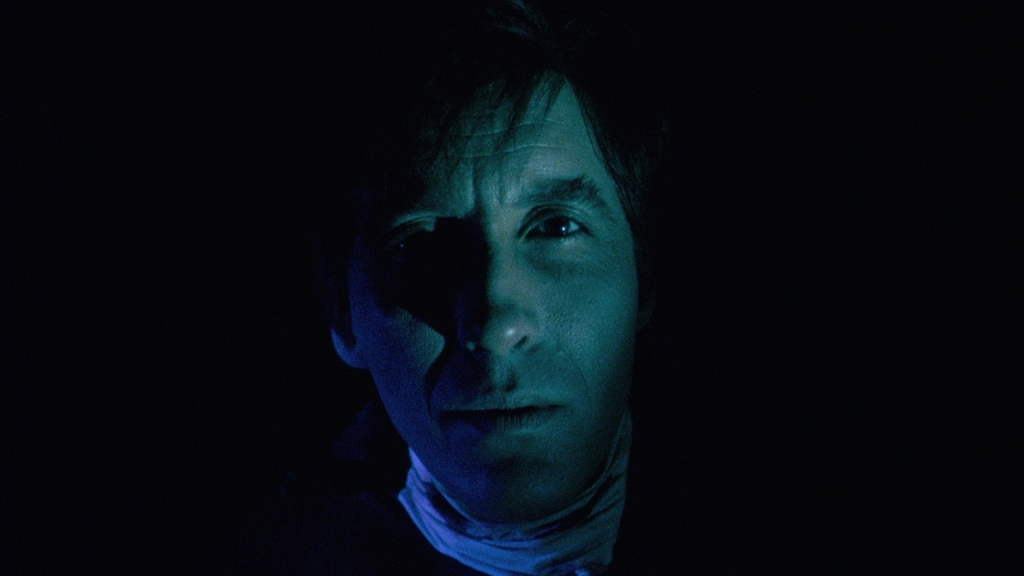
The Story: After being ostracized by his family, Kurt Menliff (Christopher Lee) returns home to reclaim his title and fortune — and the lovely Nevenka (Daliah Lavi), who was once in a sadomasochistic relationship with Kurt, but is now married to his vanilla younger brother. Not long after his arrival, Kurt is murdered, much to the dismay of literally no one. But it seems that not even death can stop Kurt from taking revenge on his family, and no one is safe. What’s more, death isn’t keeping Kurt from Nevenka either; but is it really his ghost dropping in for kinky late night shenanigans or is he simply a figment of Nevenka’s troubled conscience?
The Goods: Hello? Christopher Lee at his most gorgeous, paired with the equally stunning Daliah Lavi, in a sumptuous BDSM-themed Gothic melodrama? If that’s somehow not enough, there’s plenty of spooky atmosphere and gorgeous costumes and sets, all brought to life in vibrant color. It’s Bava’s horniest film, and if you can get past the ultimate blasphemy of another actor dubbing Lee’s lines (it’s hard, I know), it’s also one of the most enjoyable.
Kill, Baby, Kill (1965)
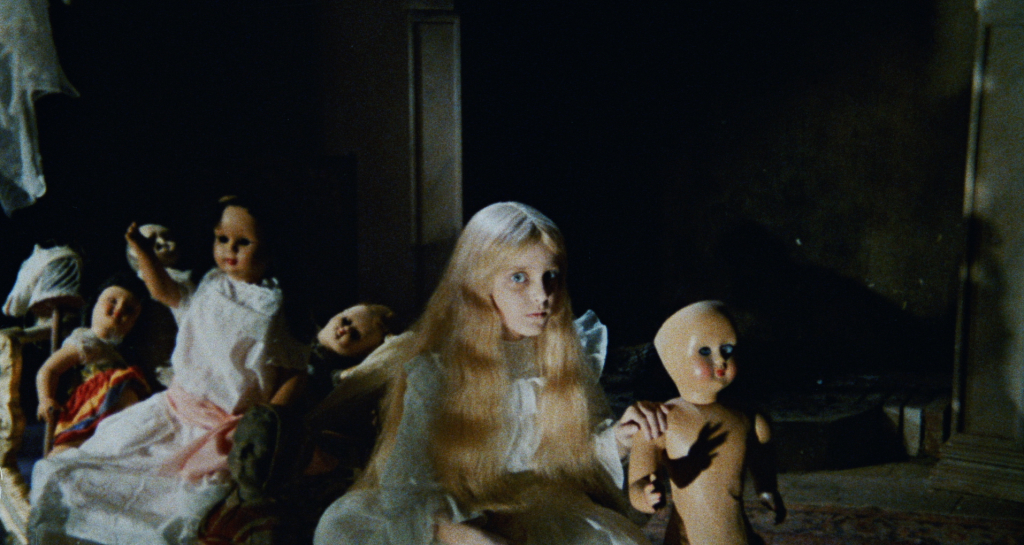
The Story: A coroner travels to a small Carpathian village to perform an autopsy of a woman who died under mysterious circumstances. He’s immediately met with resistance and hostility from the superstitious locals, who claim to already know how this unfortunate lady died: she was killed by the ghost of a little girl named Melissa Graps. Being a man of science, our fearless hero doesn’t believe in ghosts, but the bodies are piling up and the mystery is getting thicker. It’s soon clear that there is something truly sinister going on — and that this village has very good reason to fear little Melissa.
The Goods: This is possibly Bava’s most influential film. It has inspired everyone from Dario Argento to Martin Scorsese to David Lynch. It’s easy to see why; Kill, Baby, Kill is a beautifully crafted, superbly creepy work of art. Trippy camerawork will leave you feeling just as disoriented and confused as the characters on screen. And if creepy kids are your thing, they don’t get much creepier than Melissa Graps. Her blank stare and deceptively sweet laughter — along with the haunting melody that accompanies her presence — is the stuff of nightmares.
A Bay of Blood (1971)

The Story: A wealthy countess is murdered in her bayside mansion. Then her murderer is murdered. Then we meet a whole bunch of people who have been trying to get their hands on the countess’ money and property, namely the titular bay, any of whom could be the murderer. Lots more murders happen, and we soon discover that no one is quite what they seem to be, and they’re all tangled up in a bloody, violent web of greed, deceit, and murder.
The Goods: The early 1970s were a time of change, not just for Bava but for Italian horror in general. Gothic horror was out, giallo was in. The giallo is the direct ancestor of the slasher, and nowhere is that more apparent than in A Bay of Blood. An unseen killer picking people off one by one? Check. Fucked up family histories? Check. Teenagers getting murdered while having sex? Check. Plus, the film is exceptionally gruesome for its time, so much so that it makes some of the early proper slashers like Halloween seem a bit tame. A Bay of Blood walked so later gore fests like Pieces and The Prowler could run.
Lisa and the Devil (1974)
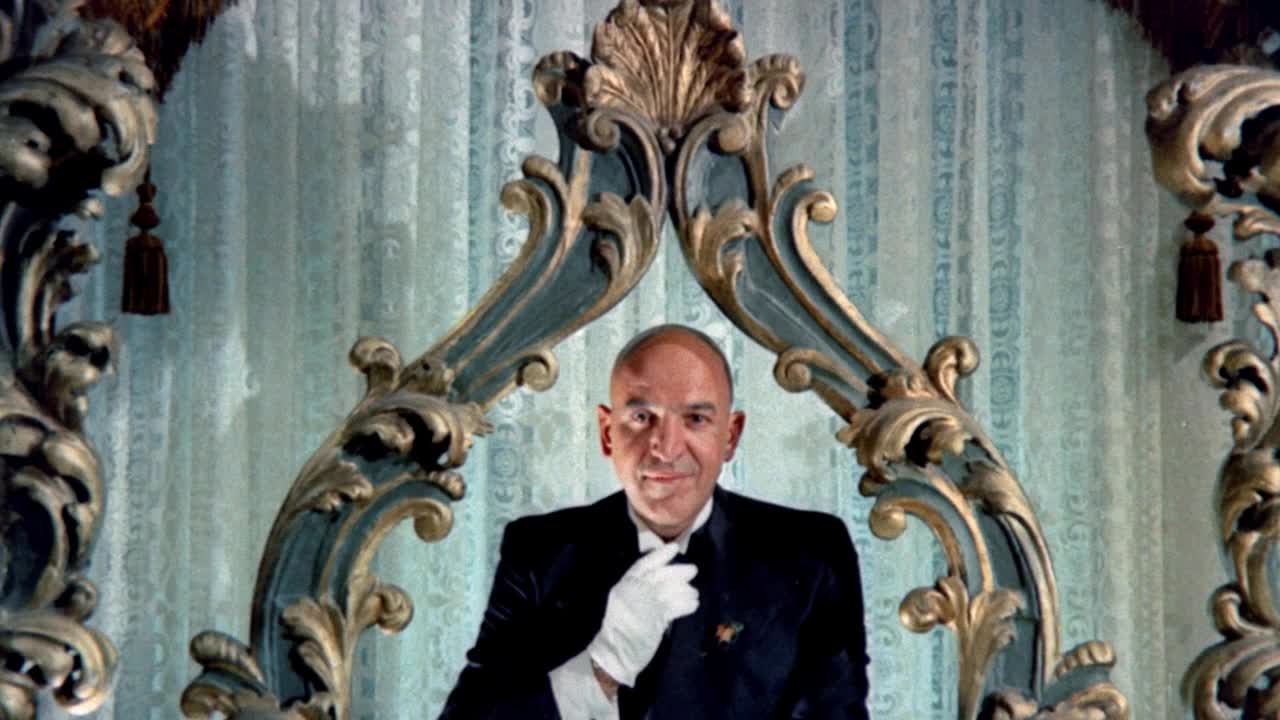
The Story: While touring ruins in Spain, Lisa (Elke Sommer) wanders off from her group to go exploring on her own. From that moment on, everything is fucked up. She keeps running into people who recognize her, though she’s never seen them before in her life. She ends up spending the night in the dilapidated manor of some shady aristocrats, who have more than a few dirty secrets and a special interest in Lisa. There are mannequins that are a little too lifelike, and there’s also Telly Savalas, who may or may not be the devil. Will Lisa ever figure out what the hell is going on? Don’t hold your breath — but enjoy the ride all the same.
The Goods: This movie is weird, y’all. It’s a good weird, but it’s weird. It doesn’t always make a lot of sense, but that’s kind of what makes it so fun to watch. Lisa is basically just wandering from one place to another while bizarre things happen to and around her — think Alice in Wonderland, but with a seedier twist. Telly Savalas (along with his signature Kojak Tootsie Pop) is easily the highlight of the movie. He’s delightfully nefarious and witty, the glue that holds together a strange narrative that might otherwise fall completely apart.
Shock (1977)
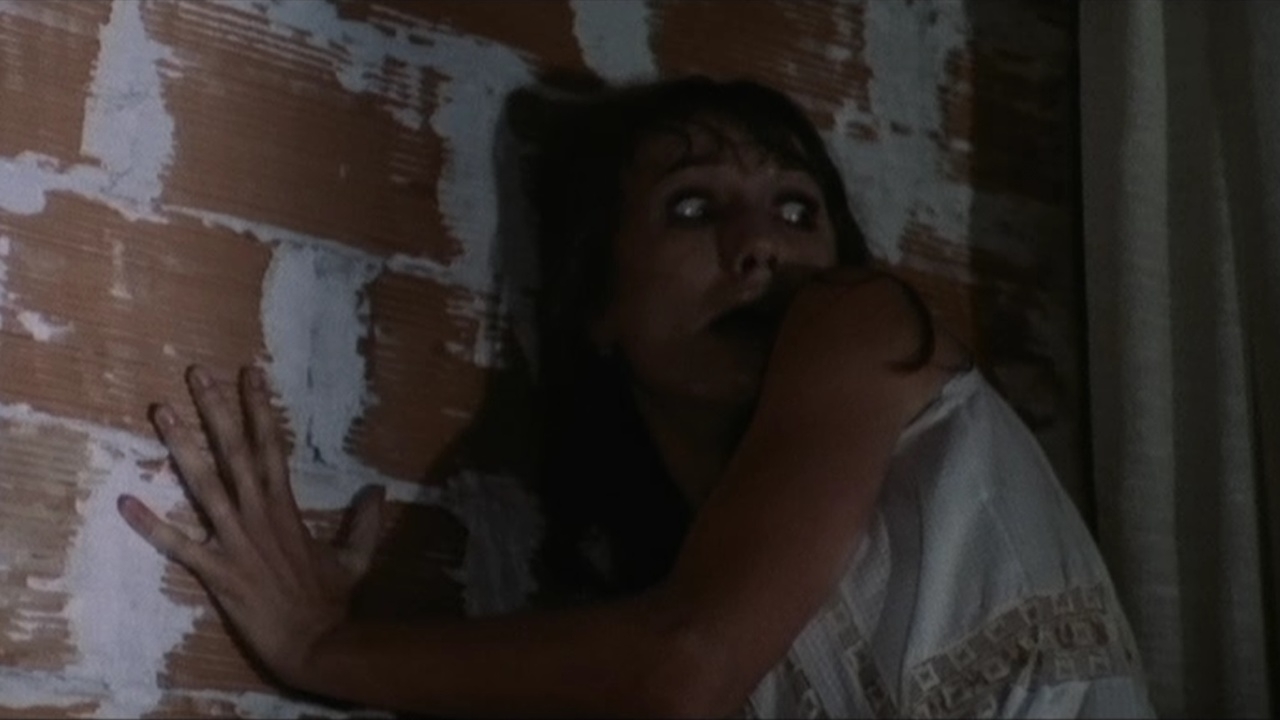
The Story: After moving back into the house she shared with her first husband, Dora (Daria Nicolodi), a newly remarried mother, begins to suspect that her son is possessed by his father’s spirit. The kid starts acting creepy, shit starts moving by itself, and Dora starts losing her already tenuous grip on her sanity. Like all useless horror husbands, Dora’s new beau keeps insisting that there’s a rational explanation for everything and she just needs to get a hold of herself. With no one to turn to, Dora is left alone to not only confront the supernatural forces around her, but also the unspeakable truth about her husband’s death.
The Goods: Lamberto Bava dragged his father out of retirement and talked him into making a “modern” horror film. Perhaps because of this, Shock seems the least dated of any film in Mario Bava’s filmography — it feels like it could have easily been made today. Fans of possession and haunted house fare like Insidious and The Conjuring will appreciate the familiar staples of the genre, but don’t mistake familiarity for predictability. Bava expertly distorts reality to keep his audience guessing, while a mesmerizing performance by late, great giallo queen Daria Nicolodi sweeps us up in Dora’s nightmarish whirlwind. Shock is legitimately scary. The last five minutes includes one of the most frightening moments ever committed to celluloid.


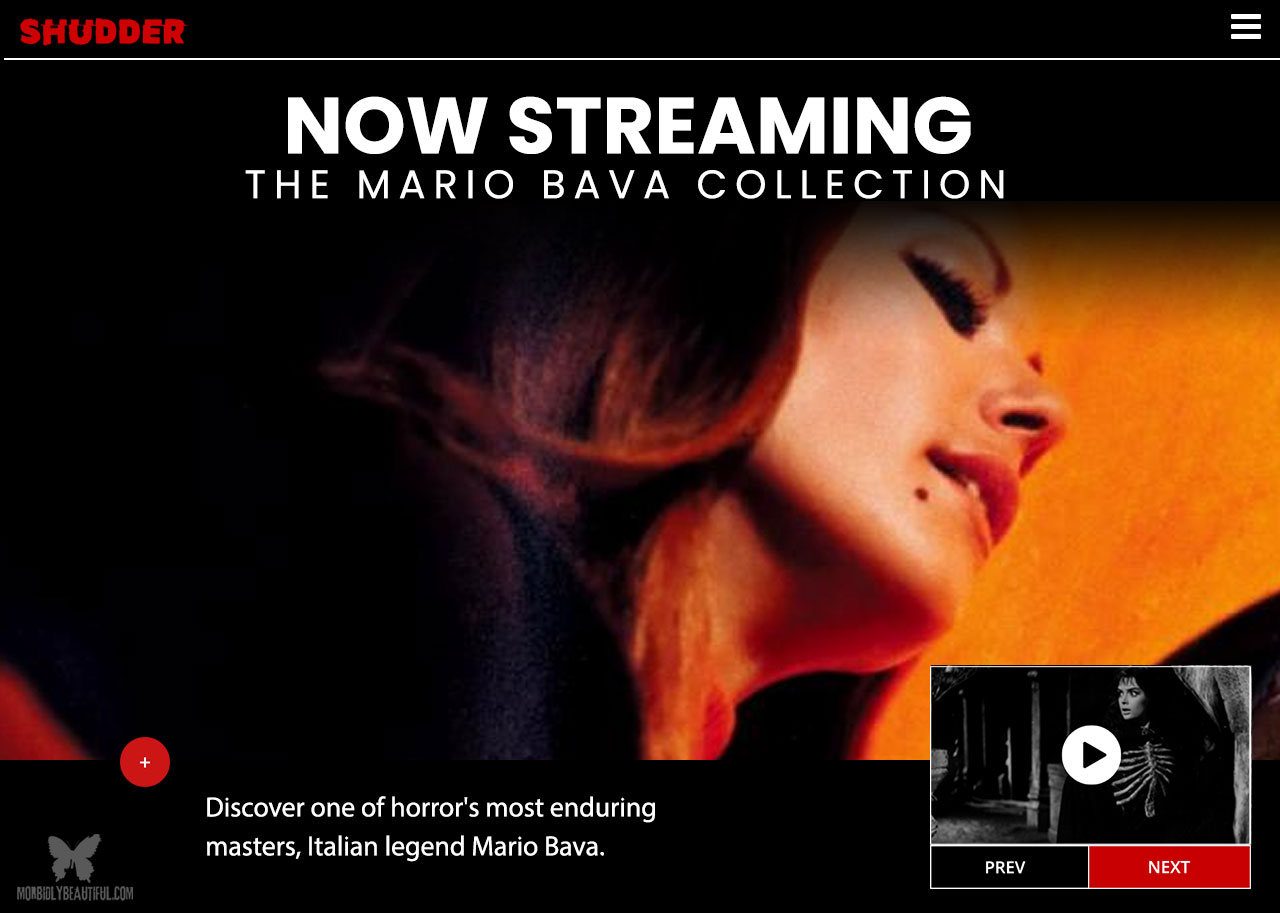


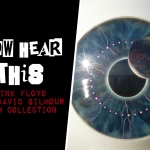








Follow Us!